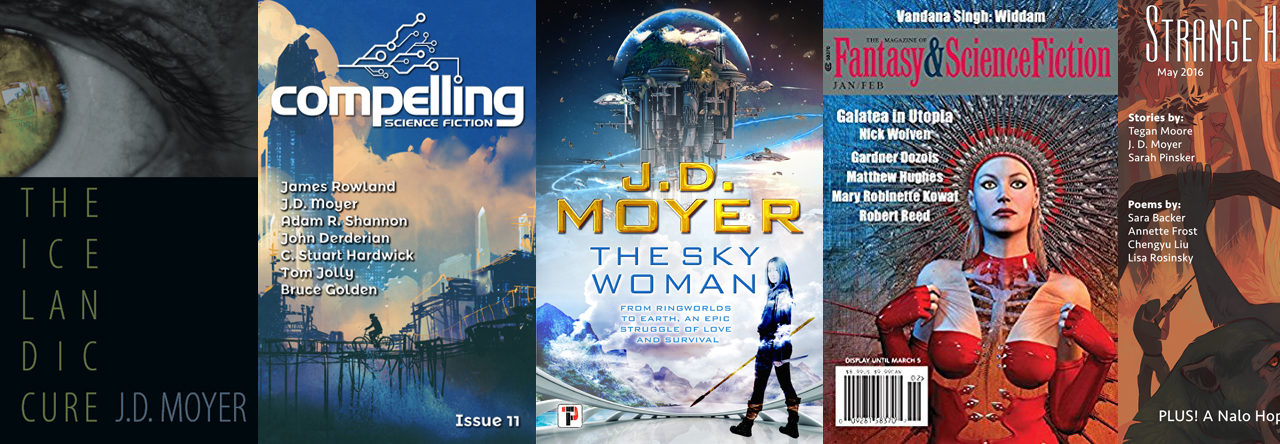
Ridley Scott's Bladerunner -- let's not go there.
In 1000 AD, human civilization was led by the Golden Age of Islam (with extensive trade routes, massive cities, and polymath philosopher-scientists like Alhazen) and the 100-million strong Song Dynasty of China (with such inventions as gunpowder, paper money, the movable type printing). Vikings raided feudal Europe, Mississippian culture thrived in North America, and the Aztecs had just moved to what is now Mexico. Drought and environmental collapse had recently led to the downfall of the Mayans. Just like today, the world had its bright spots and disaster areas, and plenty of areas where people just muddled along as usual.

Diagram of a hydropowered water-raising machine from The Book of Knowledge of Ingenious Mechanical Devices by Al-Jazari in 1206.
Unlike today, the world’s 300-million inhabitants did not enjoy the quality of life many of us experience via sanitation, mass production, the combustible engine, electricity, the internet, modern chemistry, materials science, telecommunications and photography satellites, advanced optics, literature, recorded music, etc. Even the brightest oracles of 1000AD could not have predicted half the miracles we experience as part of daily life. Looking forward to the year 3010, there are no doubt hundreds of technologies and planetary events (and disasters) beyond what we have imagined. Still, nothing is stopping us from considering what we, as human beings, should try to do within the next 1000 years. This is the third and final post in this thought experiment; if you like you can also read the 10-year and 100-year lists. As I’ve mentioned before, I don’t consider myself a futurist or an expert in any way — I just like to make lists and consider the big picture.
Read More



